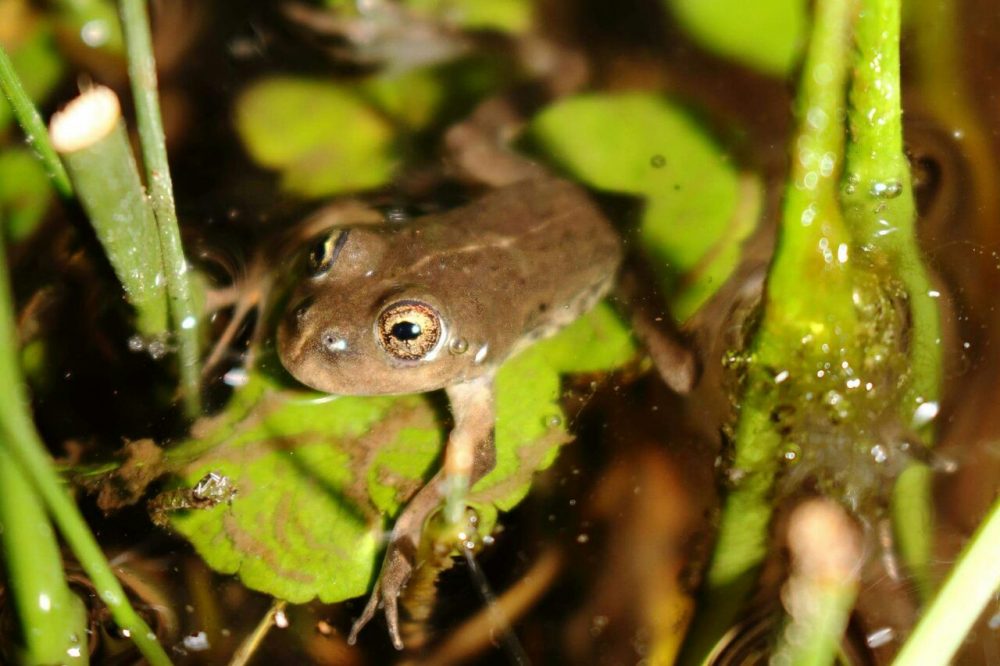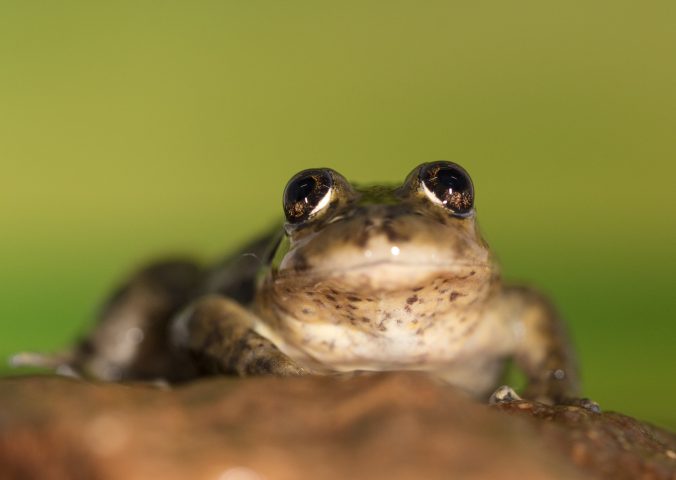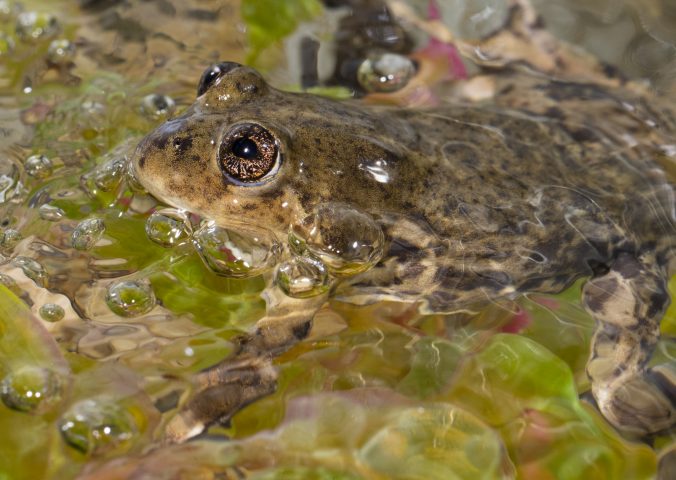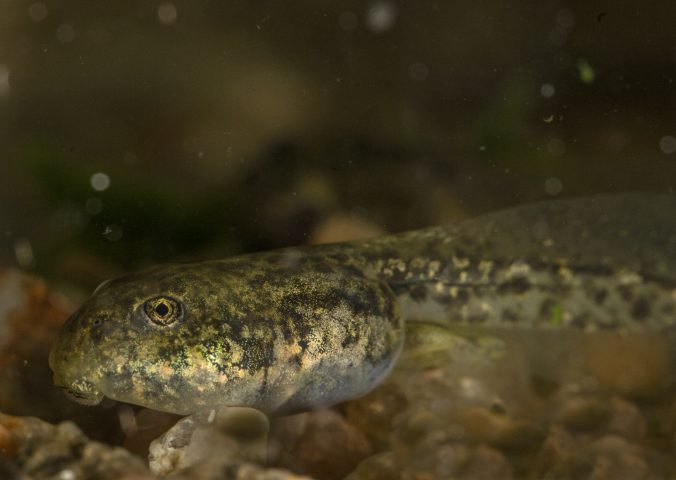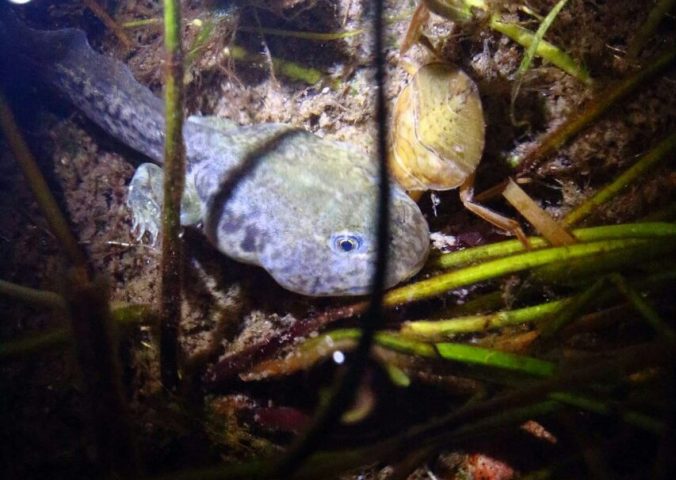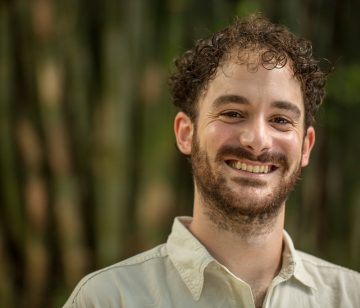About
The Critically Endangered El Rincon stream frog exists on a single plateau in Argentinian Patagonia. Though temperatures in the region often plummet below freezing, the frog avoids the cold by spending its life in streams whose waters are heated by permanent thermal springs.
The genus of frogs to which this species belongs, Pleurodema, diverged from all other amphibians around 55 million years ago. This means they are as closely related to other frogs as a mongoose is to a polar bear!
This frog is a micro-endemic, and occupies an area of less than 5 km2. Despite temperatures sometimes reaching -15°C on the Somuncurá Plateau, both the ‘hot’ and ‘cold’ branches of the Valcheta stream never drop below 19°C. These isolated and unique thermal conditions have enabled the El Rincon stream frog to survive in such a hostile environment.
Until recently, little was known about the reproductive behaviour of the El Rincon stream frog. However, the establishment of a captive breeding population for conservation has provided insights into how this species reproduces. In captivity, this species exhibits scramble competition when breeding, which has not been observed in its closest relatives.
The greatest threats to this species are introduced trout, damming and livestock encroachment, with the latter degrading vital habitat and polluting the waters. The building of a dam appears to have also coincided with the loss of a subpopulation, suggesting this has been a major habitat disturbance. Invasive tree species, whose roots reach the springs and stream shores, are also associated with areas where the frogs are no longer found.
The range of the El Rincon stream frog is encompassed by the Somuncurá Provincial Reserve. Prior to 2012, there was limited management of this reserve, however since 2013 the Wild Plateau Initiative has been working on both in-situ and ex-situ efforts aimed at protecting this species and they have an agreement in place with the local protected area authorities. The conservation breeding programme has had success in breeding the species and has begun reintroductions to bolster the wild population.
- Order: Anura
- Family: Leptodactylidae
- Population: Uncommon
- Trend: decreasing
- Size: 38mm
EDGE Score
Distribution
This species is found only from the headwaters of Arroyo Valcheta in Somuncurá Plateau, in the Rio Negro Province, Argentinean Patagonia at an altitudinal range of 500-800 metres above sea level.
Habitat and Ecology
This species is almost entirely aquatic, although it can surface and sit on rocks or vegetation within streams. Within the headwaters it can be found in shallow, slow-moving water and densely vegetated sections. The species breed via larval aquatic development where tadpoles will emerge from the eggs and be free living and then metamorphose after hatching.
